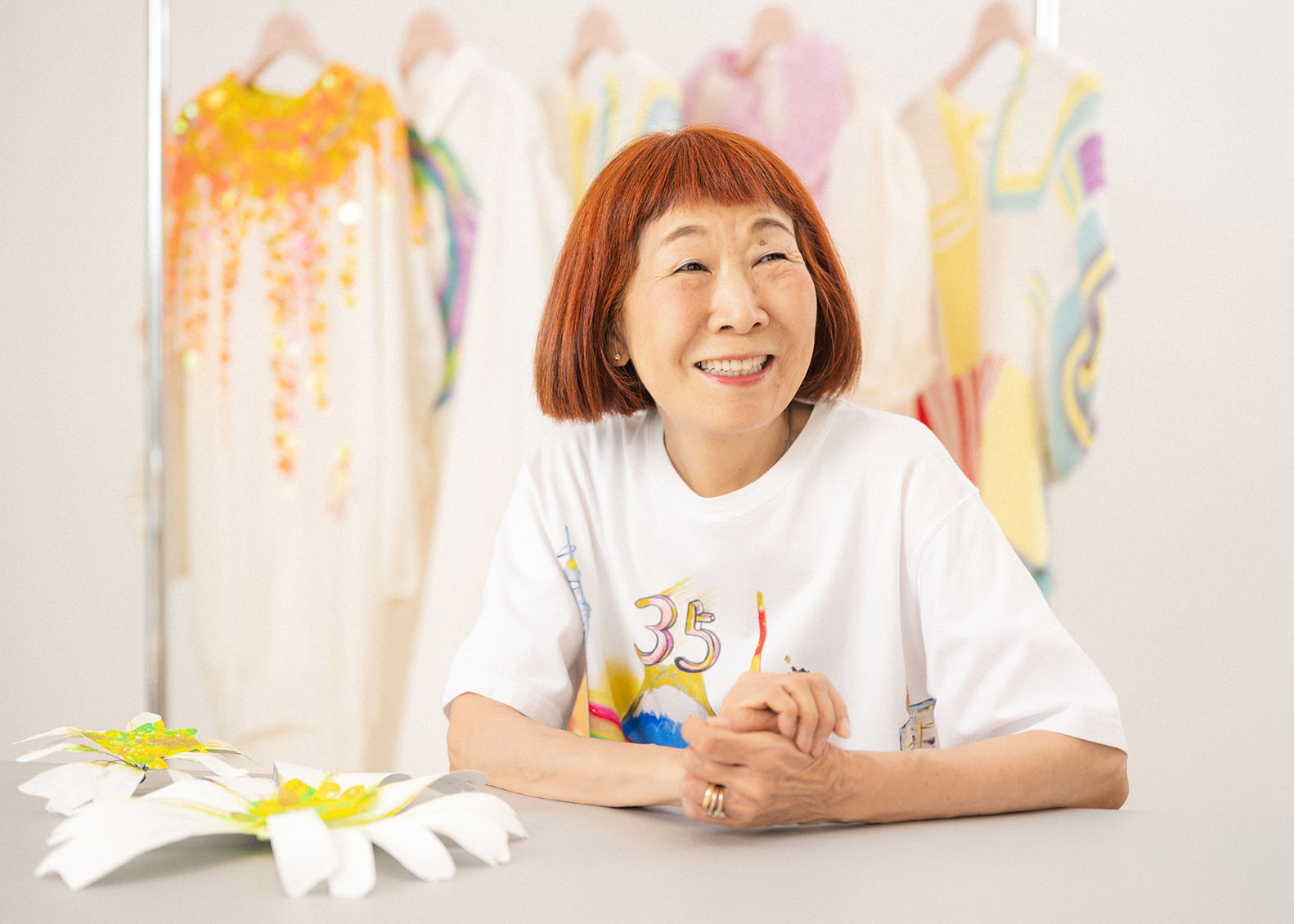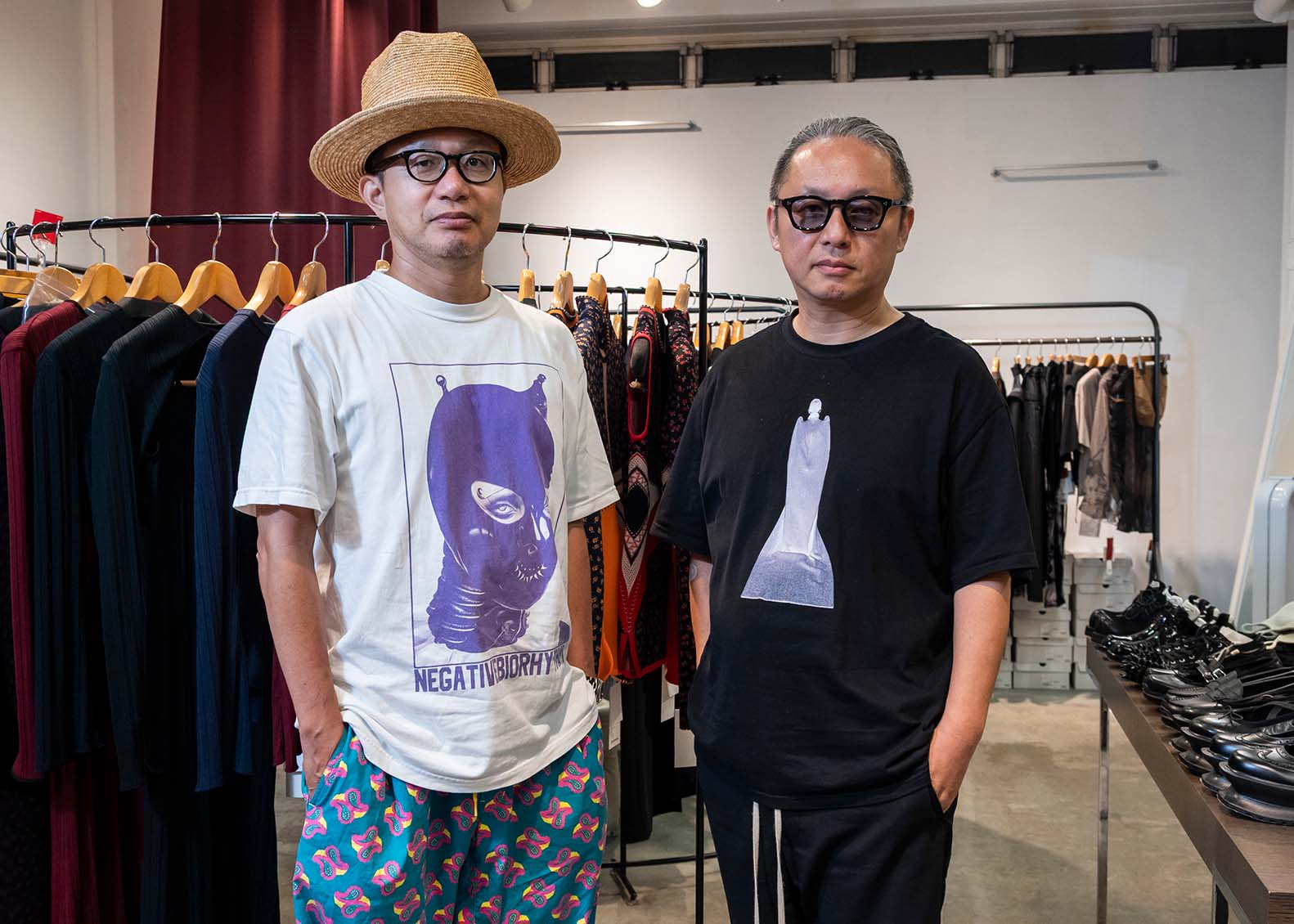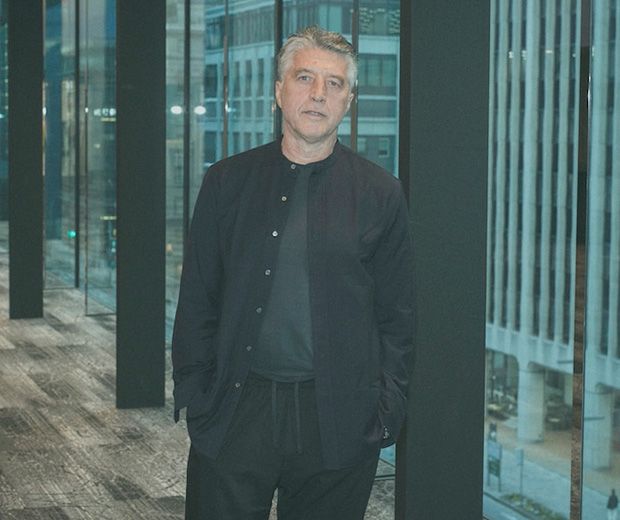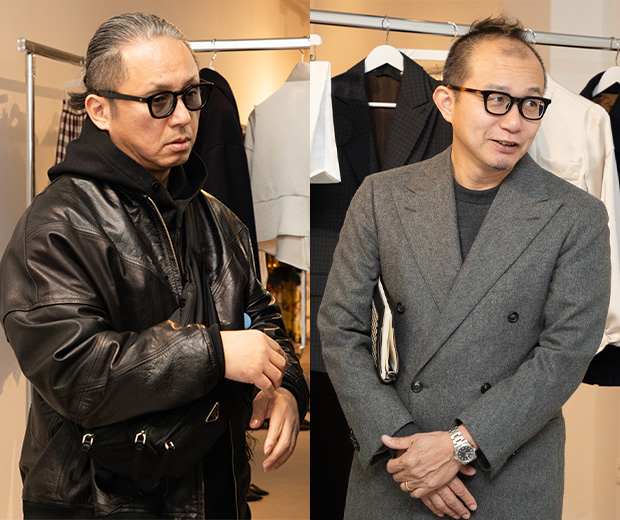Changyong Lee / June Moon
10 Corso Como SEOUL buyers Changyong (menswear chief buyer) and June (womenswear chief buyer), who serve as international judges for the TOKYO FASHION AWARD as of 2025, visited Japan for Rakuten Fashion Week TOKYO 26SS. In this interview, they share their impressions of their first Rakuten FWT and their views on Japanese brands.
This is your first time attending Fashion Week TOKYO. Tell us how you’re finding things so far.
Changyong (below, C): For both of us, this is our first time attending Fashion Week in Tokyo. I just arrived so I haven’t seen any shows yet, but we are, as of this year, judges for the TOKYO FASHION AWARD (below, TFA) and have always followed the Japanese fashion scene closely.
June (below, J): I’ve attended a few shows so far. There are many exquisite brands, including those we judged for TFA. Their collections are filled with each designer’s philosophy, and I can sense an artisanal spirit and attention to detail that is uniquely Japanese. In South Korea, the focus tends to be on trends, but at Fashion Week TOKYO, many brands seem less interested in fads than in expressing their own distinctive worldview, which I find very compelling.
What brands are you especially excited to see this season?
C: I’m looking forward to ORIMI, a brand we carry in our store. I’m excited to see what kind of collection they present in their first-ever runway show.

J: I attended the FETICO show and saw many details that I think will resonate with South Korean women. I believe the brand has strong potential in our market. There’s a lot of black, which South Koreans like, and many pieces that would work from a buying perspective. Among the TFA winners, yushokobayashi has star potential—I could see them building a devoted following. mukcyen’s distinctive approach and use of materials are striking, and the clarity of their vision as a brand is exciting. Meanwhile, yushokobayashi and KAKAN bring a kind of craftsmanship and technique that would feel fresh in the South Korean market.
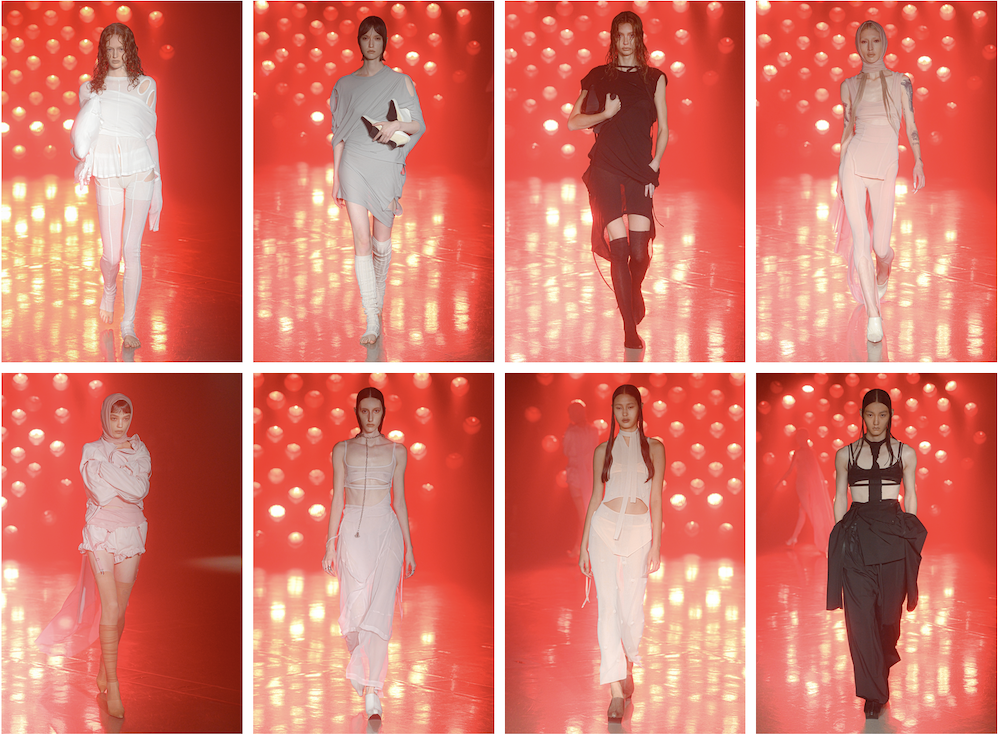
Can you tell us about the qualities that make a brand successful in Seoul?
J: In South Korea there is a tendency to follow trends, so it’s important for brands to stay aware of the newest developments. Among Japanese brands, Comme des Garçons and CFCL are especially popular. In the case of Comme des Garçons, the brand itself has become a kind of cultural phenomenon with loyal fans, including among our customers. Meanwhile, CFCL’s 3D knitting and minimalistic designs align with what our clients are looking for. We also carry Japanese brands such as AKIRANAKA, Tu es mon Tresor, MIHARAYASUHIRO, and AURALEE.
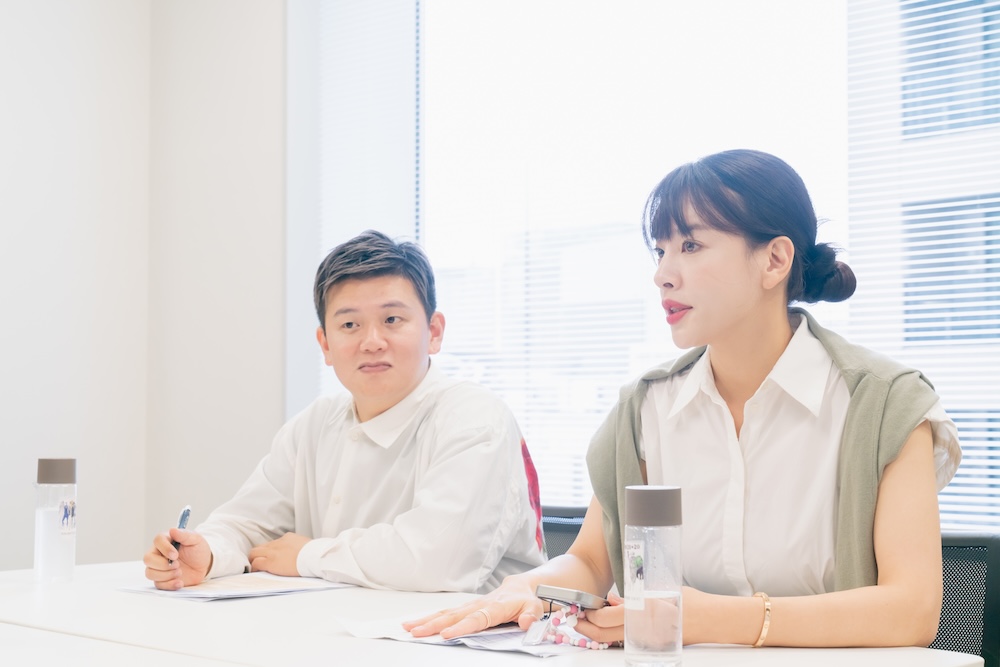
C: On the menswear side, we carry brands like TAKAHIROMIYASHITATheSoloist., PROLETA RE ART, MIHARAYASUHIRO, and AURALEE. Japanese brands are very popular among our male shoppers, who are drawn to detail-oriented—even fanatical—designs, as well as streetwear.
J: For womenswear, European brands are generally more popular than Japanese brands. Sometimes it can be challenging to convey the image of “the woman” portrayed by Japanese brands to South Korean women, but one strength of Japanese brands is their fit. European brands often don’t suit the bodies of South Korean women, while Japanese brands—due to similar proportions—tend to fit quite well, even in more tailored designs like those of AKIRANAKA.
As buyers, what do you look for in Japanese brands?
C: As a store that carries many brands, the most important thing we seek, not only from Japanese labels but in general, is that a brand brings something new to our existing portfolio. It’s crucial that a brand stands apart from those we already carry, with a strong and clear identity and a compelling reason for us to stock them.
The Japanese brand I’m most interested in right now is tanakadaisuke. Although it’s a womenswear brand, their accessories and tailored jackets are especially distinctive. The brand is popular among stylists and frequently worn by K-pop stars. Its handmade elements also resonate well in South Korea.

J: Japanese brands have an exceptional level of craftsmanship and attention to materials, and these qualities should be communicated globally through storytelling. It’s a shame when that level of care goes unknown. By sharing the backstory behind the selection of a particular fabric or the production process, customers can gain a deeper understanding of a brand’s values.
Can you tell us about your experiences as judges for TFA this year?
C: Sometimes brands I found fresh and interesting were, in the eyes of Japanese judges, “reproducing familiar styles common in Japan.” Hearing that kind of feedback and realizing the difference in our perspectives was a new and revealing experience; I learned a lot from it. It was a valuable opportunity to broaden my view.
J: Japan has so many brands, each exploring diverse styles and themes. Serving as a judge was an engaging and valuable experience that allowed me to gain deeper insight into each designer’s thought process, including their approach to presenting their collections. I hope to continue supporting and following the growth of the winning brands as they develop.
Are there similar awards in South Korea?
C: here’s nothing as structured as TFA, but there is an award for emerging designers called the Samsung Fashion Design & Fund (SFDF), which functions as a kind of gateway to success. Winners receive not only prize money but also support through mentorship.
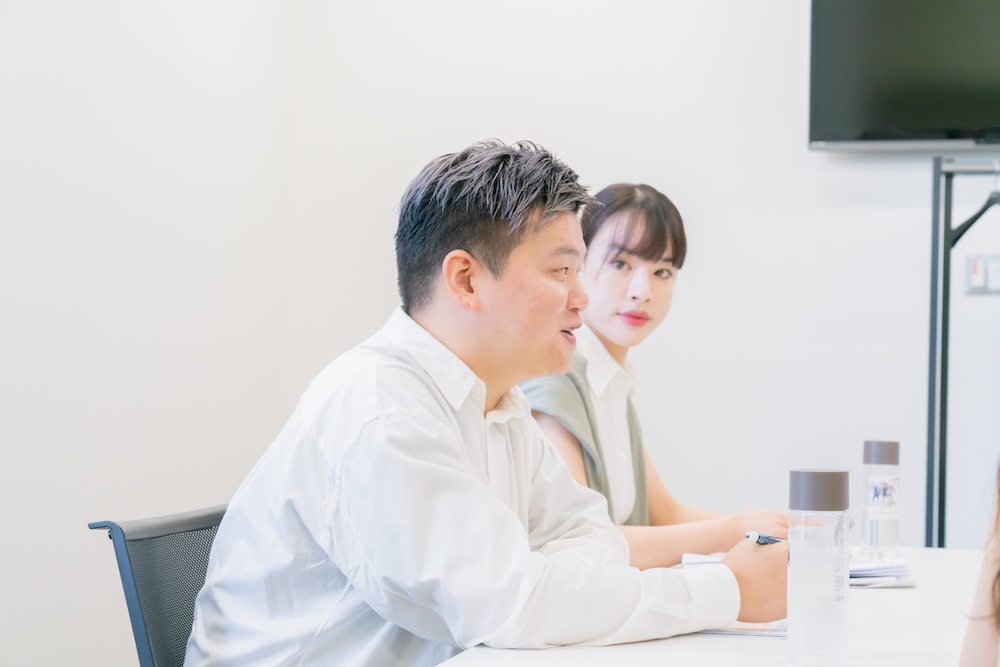
Which South Korean brands are doing well internationally right now?
C: In terms of menswear, brands like JiyongKim and ADERERROR are performing very well with their international accounts.
J: During Paris Fashion Week this season, showrooms featuring South Korean brands felt livelier than they did a few years ago. For womenswear, brands like Juun.J , KIMHEKIM and Gentle Monster stand out.
How are Japanese brands viewed in the international market?
C: It’s true that we’re seeing more South Korean brands in Paris now, but among Asian labels, Japanese brands remain the most recognized. There are also several respected showrooms that carry Japanese brands—for example, Seiya Nakamura.
In December, 10 Corso Como SEOUL will host a pop-up shop featuring TFA brands. Can you tell us about your concept for the event?
C: Since this will be our first time, I want to select items from each brand that express their core essence. Sixteen brands will participate, and we’ll choose items that most strongly represent each one, allowing visitors to get to know all sixteen brands individually.
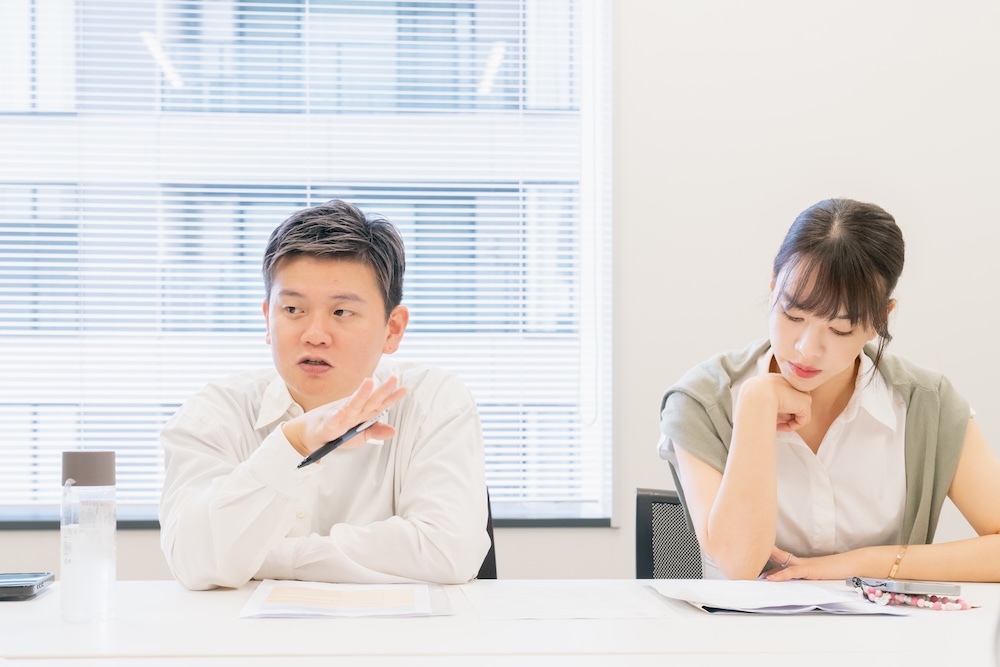
J: I see this pop-up as an opportunity for brands to gauge the direct response of consumers—a kind of test marketing that could help expand their markets. At the same time, it’s a chance for shoppers to discover Japanese brands rarely available locally, all in one place, and to experience each brand’s world firsthand.
C: In terms of the display, it might look too disjointed if the brands are completely separated. I’m envisioning arranging items together by shared theme, even if they’re from different brands, to create a more refined environment.
Photography by Yohei Goto
Interview by Tomoko Kawasaki
In 2021, he took on the role of Chief buyer, leading the menswear part at 10 Corso Como Seoul.
June Moon is the Head of Womenswear at 10 Corso Como Seoul.
She began her career in 2009 in PR at Burberry, before moving into buying roles at Jil Sander and Handsome Corp., where she refined her eye for fashion.
Since joining 10 Corso Como in 2022, she has led the curation of the womenswear selection with a sharp perspective on luxury.
Her edit reflects a thoughtful balance between global fashion houses and emerging designers.June continues to shape the womenswear landscape through her trend-driven vision and deep market insight.
[Instagram] https://www.instagram.com/10corsocomoseoul/


